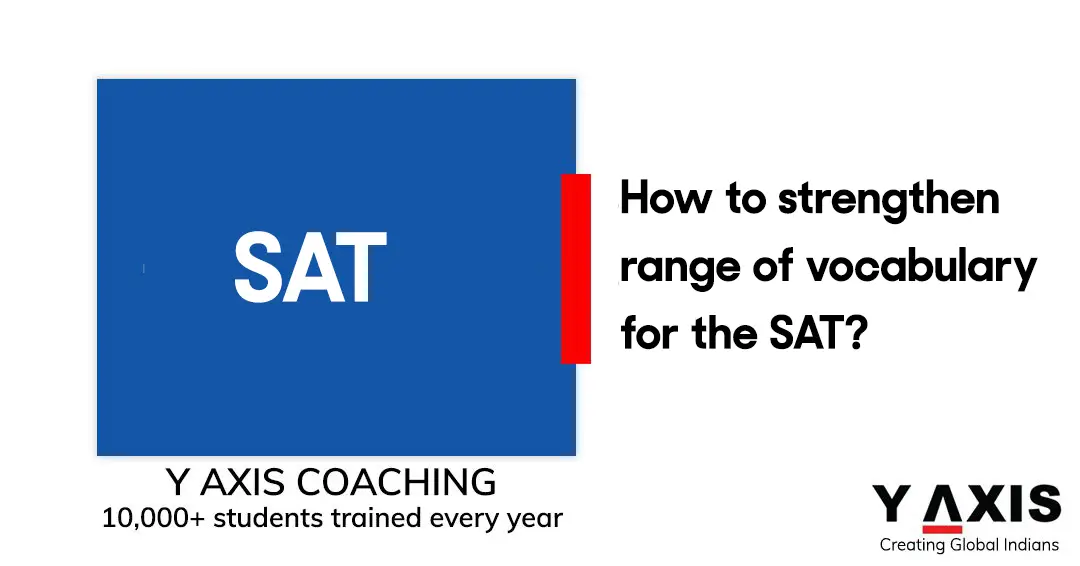Posted on November 03 2023
Important information about the digital SAT you should know
By , Editor
Updated November 03 2023
Why take the SAT?
- To apply for undergraduate courses globally
- To gain scholarships
- It is conducted five times a year
- Does not test subject-specific knowledge
- Strengthens the test-takers profile
Important information about the digital SAT you should know
The digital SAT, which was introduced in March 2023, is the SAT’s computer-based version that the College Board administers. Introduced to reduce the difficulties in commuting faced during the pandemic of COVID-19, it is said to be a more updated version of the SAT.
The length of the digital SAT exam is 2 hours and 14 minutes, not including a break of 10 minutes. There are a total of 98 questions in the digital SAT, which comprises two sections.
One section is Reading and Writing, and the other is Math. The Reading and Writing section consists of 54 questions that should be taken in 64 minutes, and in the Math section, there are 44 questions that need to be answered in 70 minutes.
There are two modules of 32 minutes each in the Reading and Writing section and two modules of 35 minutes each in the Math section. Each module of the Reading and Writing section contains 27 questions, and that of the Math section has 22 questions.
After completing the Reading and Writing section, candidates can take a 10-minute break before taking the Math section. You cannot, however, take a break from the two modules of each section.
Devices one can carry to the test center
You need to take your own laptop or tablet to the testing center. You could also use school-owned PCs. In case you have no access to a permitted device, you are allowed to borrow one from the College Board.
Furthermore, candidates can bring to the digital SAT exam their calculators that they can use during the Math section. You are also allowed to use the Desmos graphing calculator, which is built into the Bluebook testing app.
The Reading and Writing section
On the digital SAT Reading and Writing Section, there are 54 questions and 54 short passages. Against each short passage is one question in this section.
The passages vary in length from 25 to 150 words and can be taken from varied topics such as English literature, history, humanities, social studies, and science.
The Math section
About a third of the math questions are from Algebra, and another third are from the concepts covered in advanced Algebra, like non-linear functions.
Around 15% of the questions are related to problem-solving and data analysis, where a student’s aptitude is assessed in statistical assertions and arriving at possible conclusions.
The last 15% of the questions are from geometry and trigonometry.
If you are planning to take the SAT exam, get in touch with Y-Axis, a premier overseas immigration consultancy, to obtain professional coaching and guidance.
Why choose Y-Axis?
- World-class coaching material from sources like the British Council & Pearson
- Experienced faculty with a track record of success
- Platinum partner with British Council
- Coaching that fits your busy schedule
- Multiple ways to learn – online, in-class, live stream, and private
- Flipped classroom approach, which is proven to improve learning
- Assistance with test slot booking
Tags:
Know the dos and don’ts while taking the digital SAT exam
What you must know before taking the digital SAT exam
Share
Options for you by Y-Axis
Get it on your mobile
Get News alerts
Contact Y-Axis

